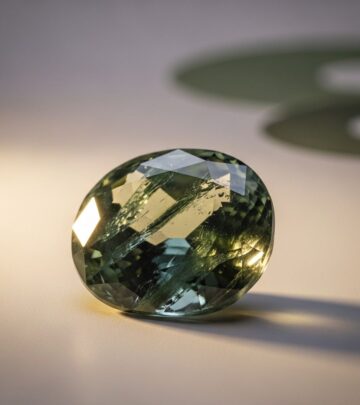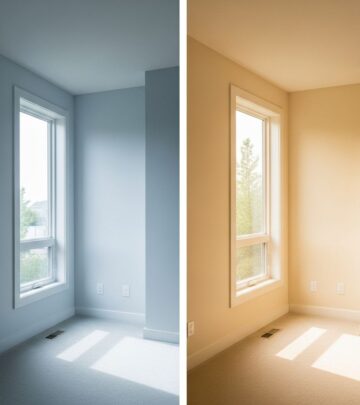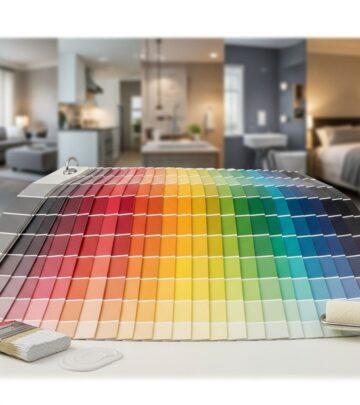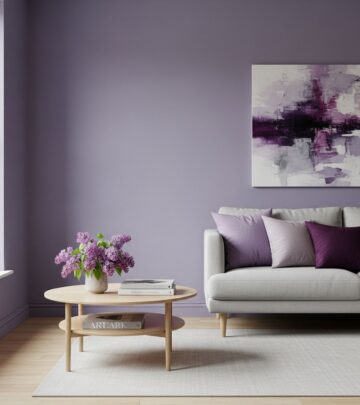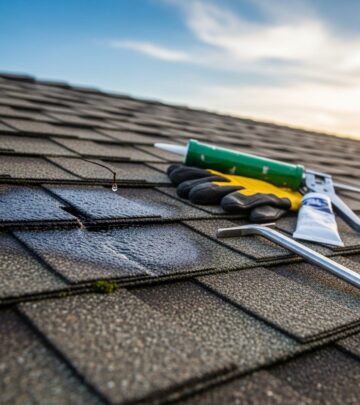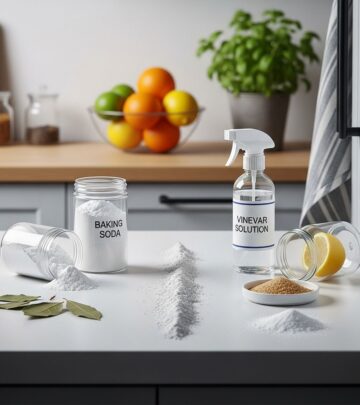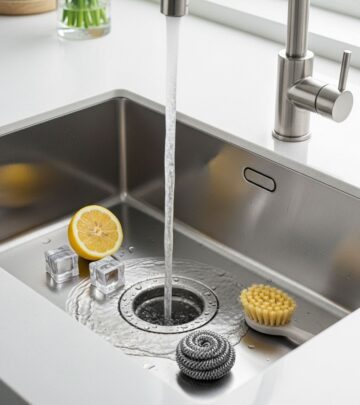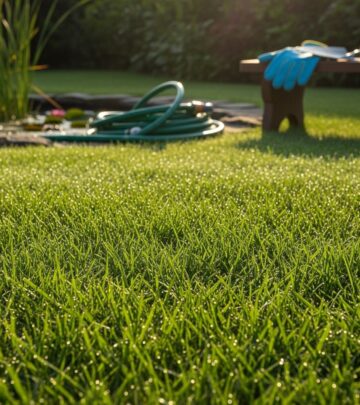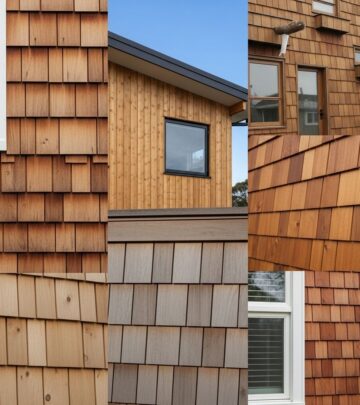Vinyl Vs Laminate Flooring: 10 Key Differences For Your Home
Discover which flooring option offers durability, style, and value for your home today!
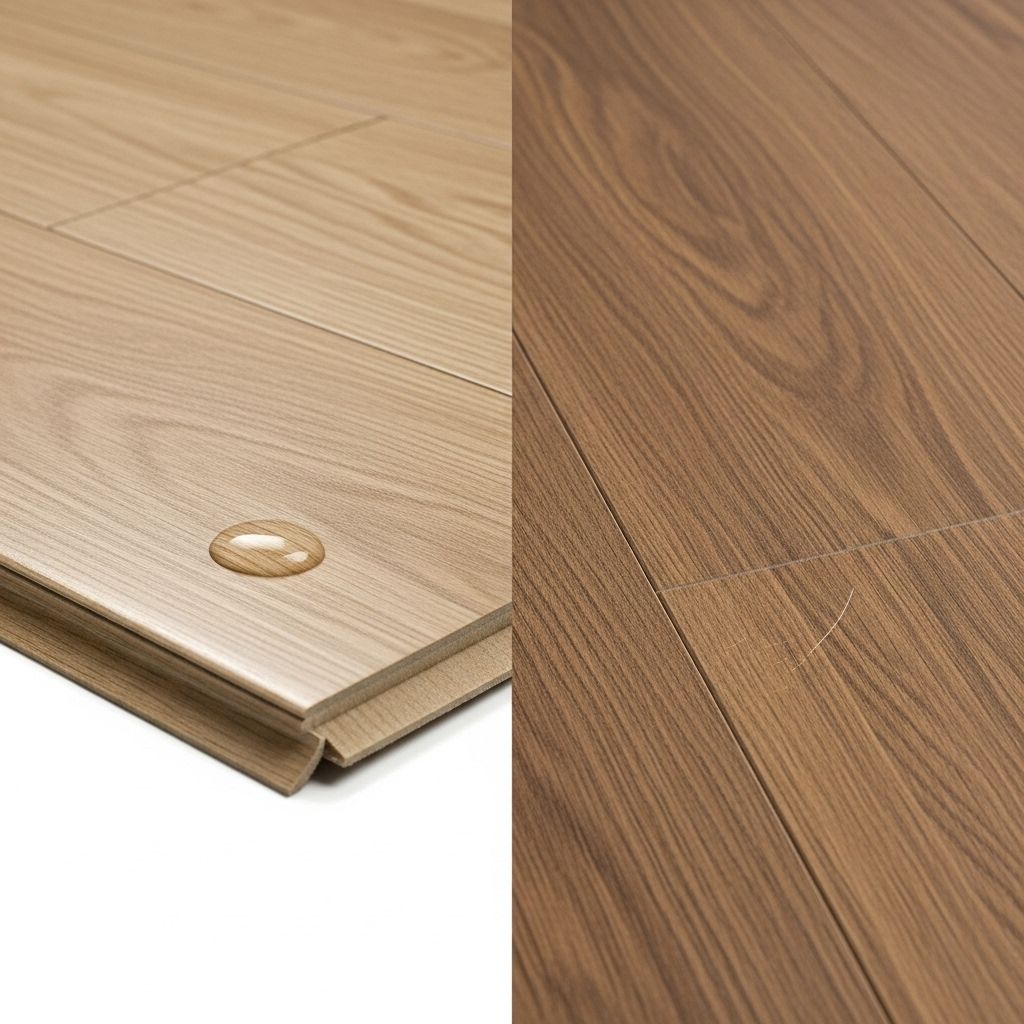
Image: HearthJunction Design Team
Vinyl vs. Laminate Flooring: A Comprehensive Comparison for Homeowners
Choosing the right flooring can dramatically impact the comfort, appearance, and functionality of your space. Two popular contenders—vinyl and laminate flooring—often vie for attention due to their affordable prices, durability, and realistic designs. But which option is truly best for your home? This in-depth guide explores the essential differences, similarities, pros and cons, and best uses for each, empowering you to make a confident flooring decision.
Understanding Vinyl and Laminate Flooring
Before diving into detailed comparisons, it’s helpful to understand what each type of flooring is and how it’s constructed.
What Is Vinyl Flooring?
Vinyl flooring is a synthetic product made primarily from PVC (polyvinyl chloride). Recent innovations have led to variations such as luxury vinyl planks (LVP) and luxury vinyl tiles (LVT), which mimic the appearance of wood, stone, or tile with impressive realism. Vinyl flooring can be found in several forms:
- Sheet vinyl: Large, flexible sheets; ideal for seamless, water-resistant installations.
- Vinyl planks: Resemble wood, often with click-lock edges and textured surfaces.
- Vinyl tiles: Mimic stone or ceramic tiles; can be peel-and-stick or glue-down.
Vinyl is fully waterproof and features a soft, flexible, and sometimes cushioned feel underfoot, making it a popular choice for high-moisture rooms.
What Is Laminate Flooring?
Laminate flooring is a multi-layer synthetic product designed to replicate the look of hardwood or stone. Its core consists of high-density fiberboard (HDF), topped with a photographic image and a durable, transparent wear layer. Unlike vinyl, laminate’s core is wood-based, which affects its behavior around moisture.
- Laminate planks: Click-lock edges for floating installation; realistic wood and stone images.
- Surface texture: Embossed or smooth, with options for matte, gloss, or hand-scraped finishes.
Key Differences Between Vinyl and Laminate Flooring
| Feature | Vinyl Flooring | Laminate Flooring |
|---|---|---|
| Material | 100% synthetic (PVC core) | Wood-based core (HDF) with synthetic wear layer |
| Water Resistance | Waterproof | Moisture resistant; not waterproof |
| Appearance | Highly realistic; mimics wood, stone, tile | Excellent photo realism; best at wood look |
| Feel Underfoot | Softer, flexible, warmer | Sturdier, denser, can be colder and louder |
| Durability | Very durable; highly scratch, stain, and dent resistant | Durable but may scratch or chip; susceptible to water damage |
| Lifespan | 10–20 years (thicker, high-quality types last longer) | 15–25 years (with excellent care) |
| Installation | Peel-and-stick, click-lock, glue-down; can go over existing floors | Click-lock floating floor; careful subfloor prep required |
| Maintenance | Easy, wet or dry mop; no special cleaners | Easy, dry sweep or damp mop; avoid excessive moisture |
| Cost | Affordable, typically $1–$5 per sq. ft. | Similar, sometimes slightly cheaper; $1–$6 per sq. ft. |
| Best For | Kitchens, bathrooms, laundry rooms, basements, high-traffic areas | Living rooms, bedrooms, dining rooms, low-moisture areas |
Appearance and Design Realism
Vinyl Flooring
- Modern vinyl products offer deep embossing and advanced printing, resulting in an authentic look and feel, especially in LVP and LVT lines.
- Greater variety of colors, patterns, and unique finishes (including distressed, hand-scraped, or glossy looks).
- Edges, bevels, and textures are designed to closely mimic natural wood, stone, or ceramic tile.
Laminate Flooring
- High-definition photography layered under a durable clear coat gives laminate its realistic look.
- Best at mimicking hardwood, including grain patterns and plank textures.
- Texture and feel may not be as authentic as high-end vinyl when closely examined.
Durability and Longevity
Vinyl flooring is extremely resilient, especially luxury vinyl planks and tiles, which are designed to resist scratches, dents, and stains. The fully synthetic construction means water, mud, and spills won’t cause warping, swelling, or discoloration. High-quality vinyl can last up to 20 years in busy households, while thinner, lower-cost versions may need replacement sooner.
Laminate flooring is also durable and features a tough wear layer to resist scratches and stains. However, its wood-fiber core is more vulnerable to water damage, and the photographic image layer can be abraded with heavy use. With careful maintenance, laminate floors last 15 to 25 years, but standing water or frequent spills can dramatically shorten their life.
Water and Moisture Resistance
- Vinyl flooring: Fully waterproof—an excellent fit for bathrooms, kitchens, laundry rooms, and basements. Ideal for homes with pets or children.
- Laminate flooring: Water resistant only. Prolonged exposure to moisture can cause swelling or warping. Best for living areas where spills are rare or quickly cleaned.
Installation: DIY Friendliness and Preparation
Both vinyl and laminate flooring are considered user-friendly for DIY installations, but there are key differences in the methods used.
Vinyl installation comes in multiple options:
- Peel-and-stick: Simple, adhesive backing for direct application, ideal for small areas.
- Click-lock planks or tiles: Float over the subfloor with minimal tools; can sometimes cover existing floors.
- Loose lay: Heavy, flexible planks or tiles that hold down without adhesives in many cases.
- Glue-down: Best for commercial or high-traffic areas where durability is paramount.
Laminate installation almost always uses a click-lock floating mechanism. Planks snap together and rest on underlayment, requiring a flat, dry, and clean subfloor. Laminate often demands more precise cuts and preparation, adding time and complexity. Professional installation costs can be higher for laminate, though many handy homeowners can achieve good results themselves.
Comfort, Sound, and Feel Underfoot
- Vinyl flooring: Softer, warmer, and sometimes slightly cushioned (with attached underlayment). Feels comfortable in areas where you stand for longer periods, such as kitchens.
- Laminate flooring: Denser, offers a sturdy walking experience. Can be noisier and colder, though sound-absorbing or insulating underlayments are available.
Maintenance and Cleaning
- Vinyl flooring: Simple care routine—sweep or vacuum regularly, damp mop as needed, and use pH-neutral floor cleaners. Water and most household cleaning solutions are safe.
- Laminate flooring: Sweep or vacuum to prevent grit and scratches. Use a dry or barely damp mop; avoid excessive moisture or steam cleaners. Some chemicals can damage the wear layer.
Cost Considerations
Both vinyl and laminate flooring are known for their budget-friendly pricing, though costs may vary based on quality, brand, and installation method.
- Vinyl flooring: $1–$5 per square foot for materials; luxury lines may cost more. Installation is often simpler and less expensive.
- Laminate flooring: $1–$6 per square foot for materials. Installation can be more labor-intensive, especially if additional subfloor prep is needed.
Vinyl’s water resistance can translate to greater long-term value in wet areas, potentially saving on future replacement costs.
Environmental Impact and Health
- Vinyl flooring: Made from synthetic materials; some lower-end options may off-gas VOCs (volatile organic compounds), but many manufacturers offer low-VOC lines.
- Laminate flooring: Uses wood byproducts and resins for the core, which can also emit VOCs. Look for products certified by independent organizations for indoor air quality.
Recycling options for both flooring types are limited, though some brands use recycled content or offer recycling programs.
Best Uses: Where Each Flooring Excels
Vinyl Flooring
- Bathrooms, kitchens, and laundry rooms: Outstanding for spaces with frequent water exposure.
- Basements: Great in below-grade installations where moisture may be present.
- Homes with pets and children: Resists stains, spills, and accidents with ease.
Laminate Flooring
- Living rooms and bedrooms: Provides a sturdy, hardwood-like appearance in low-moisture environments.
- Dining rooms and offices: Durable for everyday use where water isn’t a concern.
- Budget-conscious renovations: Offers a realistic wood look at a lower price than hardwood.
Vinyl vs. Laminate: Pros & Cons at a Glance
| Vinyl Flooring | Laminate Flooring | |
|---|---|---|
| Pros |
|
|
| Cons |
|
|
How to Choose: Key Questions to Consider
- Where will you install the flooring? Wet spaces favor vinyl, while dry, formal areas favor laminate.
- Do you have pets or children? Vinyl’s stain and moisture resistance may be preferable.
- How important is DIY installation? Both options are user-friendly, though vinyl’s variety of installation styles may better suit your skill level.
- What is your long-term plan? If you want longevity with less maintenance in challenging environments, invest in thicker, waterproof vinyl.
Frequently Asked Questions
Which flooring lasts longer: vinyl or laminate?
High-quality laminate generally lasts about 15–25 years, while thick, premium vinyl flooring can reach 20 years or more. Thinner, budget versions of either may not last as long. Longevity is greatly affected by installation and maintenance.
Is vinyl or laminate more waterproof?
Vinyl flooring is fully waterproof and is the best option for moisture-prone areas. Laminate is water-resistant but not waterproof, so it’s less suited for bathrooms, laundry rooms, or basements.
Can I install vinyl or laminate flooring myself?
Yes. Both types offer DIY installation options. Peel-and-stick and click-lock vinyl are particularly user-friendly. Laminate click-lock planks are manageable for most DIYers but require precise cuts and subfloor preparation.
Which flooring looks more like natural wood?
Both flooring types use advanced printing techniques, but luxury vinyl planks (LVP) often edge out laminate for realism, especially in texture. That said, high-end laminate can look remarkably similar to hardwood.
What are the main disadvantages of vinyl and laminate flooring?
Vinyl can be damaged by sharp objects and may off-gas chemicals if not certified as low-VOC. Laminate is vulnerable to water damage and can chip or scratch more easily than vinyl in high-traffic areas.
Conclusion: Which Is Better for You?
Both vinyl and laminate flooring offer compelling benefits. Vinyl excels in moisture-prone, high-traffic, or pet-friendly areas, providing a waterproof, low-maintenance surface with increasingly sophisticated looks. Laminate delivers sturdiness, a realistic hardwood feel, and budget-friendly style for dry, formal spaces. Your perfect choice depends on your home’s needs, your aesthetic preferences, and where you plan to install the flooring.
Evaluate your priorities, compare samples, and choose with confidence knowing that either option will bring beauty and practicality to your home for years to come.
References
- https://www.lowes.com/n/buying-guide/vinyl-versus-laminate-whats-the-difference
- https://www.housebeautiful.com/home-remodeling/a62738881/vinyl-vs-laminate-flooring-guide/
- https://www.youtube.com/watch?v=imTly51EA8k
- https://www.homedepot.com/c/ab/laminate-vs-vinyl/9ba683603be9fa5395fab9014e3d950d
- https://abodian.com/vinyl-vs-laminate-flooring/
Read full bio of Srija Burman

